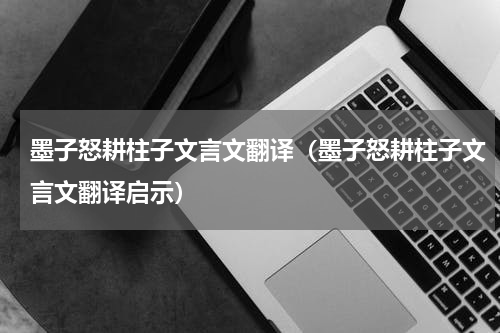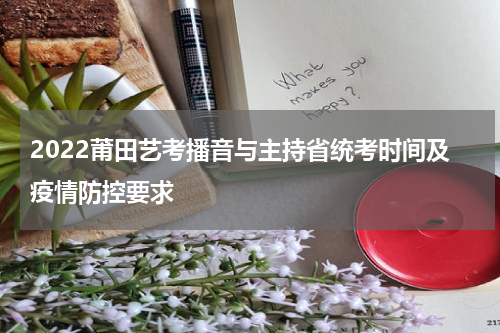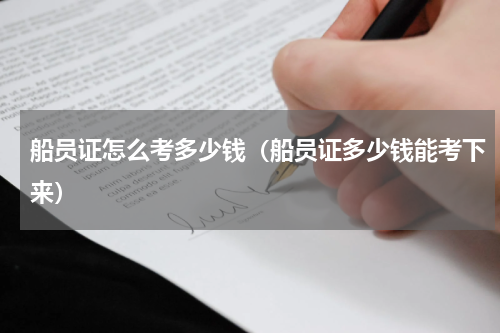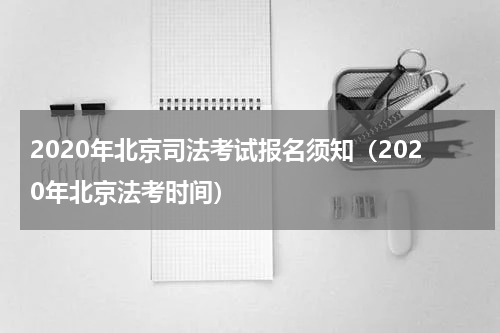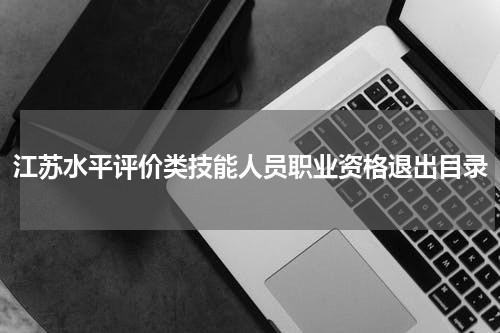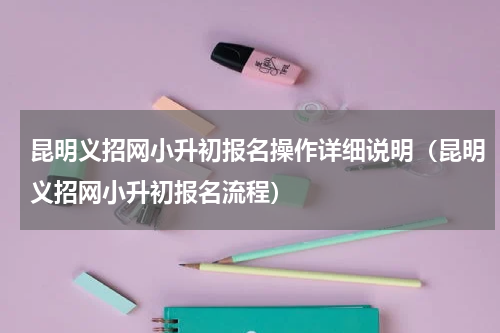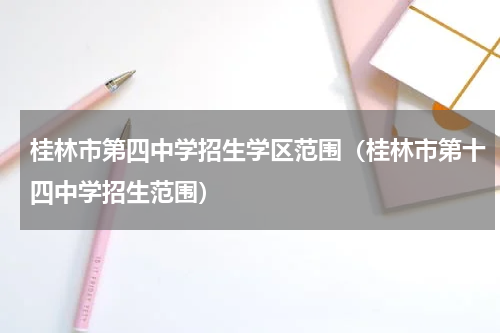黄帝内经素问注序原文:黄帝内经,又称《素问》,为中医学的经典之一,是中医学理论和实践的基础性文献。《黄帝内经》是中国古代医学著作中最早的一部,全书分为《内经素问》和《内经灵枢》两部分。其中,《内经素问》共分81篇,主要讨论了人体的构造、生理、病机以及医学治疗等方面的问题。《内经灵枢》则主要论述了经络、针灸、脏腑等领域的内容。黄帝内经的作者是不详的,常被称为黄帝所著,但实际上可能是由多人合作编写而成。

黄帝内经素问注序原文:黄帝内经,又称《素问》,为中医学的经典之一,是中医学理论和实践的基础性文献。该书以问答的形式,记录了中医学的理论、病因、病机、诊断与治疗等方面的知识,被视为中医学的宝库和指南。
《黄帝内经》是中国古代医学著作中最早的一部,全书分为《内经素问》和《内经灵枢》两部分。其中,《内经素问》共分81篇,主要讨论了人体的构造、生理、病机以及医学治疗等方面的问题。《内经灵枢》则主要论述了经络、针灸、脏腑等领域的内容。
黄帝内经的作者是不详的,常被称为黄帝所著,但实际上可能是由多人合作编写而成。该书的内容深入浅出,通俗易懂,被广大医学从业者和普通民众所喜爱和学习。在中医学界有着极高的权威性,对于传承和发展中医学具有重要的意义。
黄帝内经素问注序的翻译:
The Original Text of the Preface to the Suwen (Plain Questions) Section of the Huangdi Neijing:
The Huangdi Neijing, also known as the "Suwen" or "Plain Questions," is one of the classics of traditional Chinese medicine. It serves as the fundamental text for both theoretical and practical aspects of Chinese medicine. Presented in a question-and-answer format, the book covers a wide range of topics, including theory, etiology, pathogenesis, diagnosis, and treatment, making it a treasure trove and guide for Chinese medicine.
The Huangdi Neijing is one of the earliest medical works in ancient China. It consists of two parts: the Suwen (Plain Questions) and the Ling Shu (Spiritual Pivot). The Suwen section contains 81 chapters, focusing on the structure, physiology, pathogenesis, and medical treatment of the human body. The Ling Shu section mainly discusses topics such as meridians, acupuncture, and the organs.
The authorship of the Huangdi Neijing remains unknown, often attributed to the mythical Yellow Emperor. However, it is believed to be the collaborative effort of multiple authors. The content of the book is straightforward and easy to understand, making it popular among medical professionals and the general public. The Huangdi Neijing holds great authority in the field of Chinese medicine and is of significant importance for its transmission and development.

